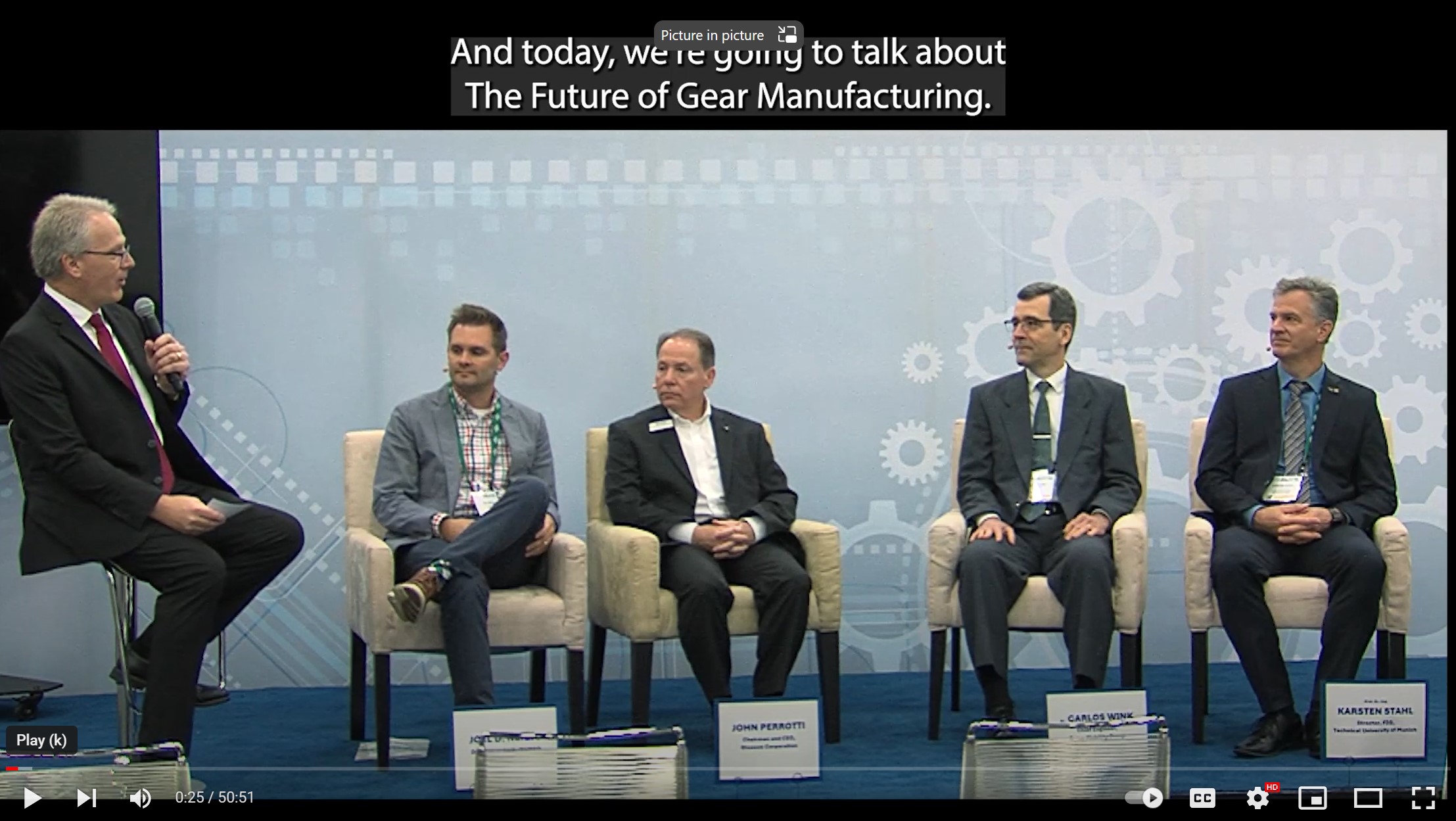Articles by Hans-Peter Dinner
Hot Technologies to Help Cool the Planet
With global wind turbine demand set to quadruple by the end of the decade, manufacturers are seeking new technologies to ramp up production of gears that can operate in any environment, around the clock, for years to come.
Read More







